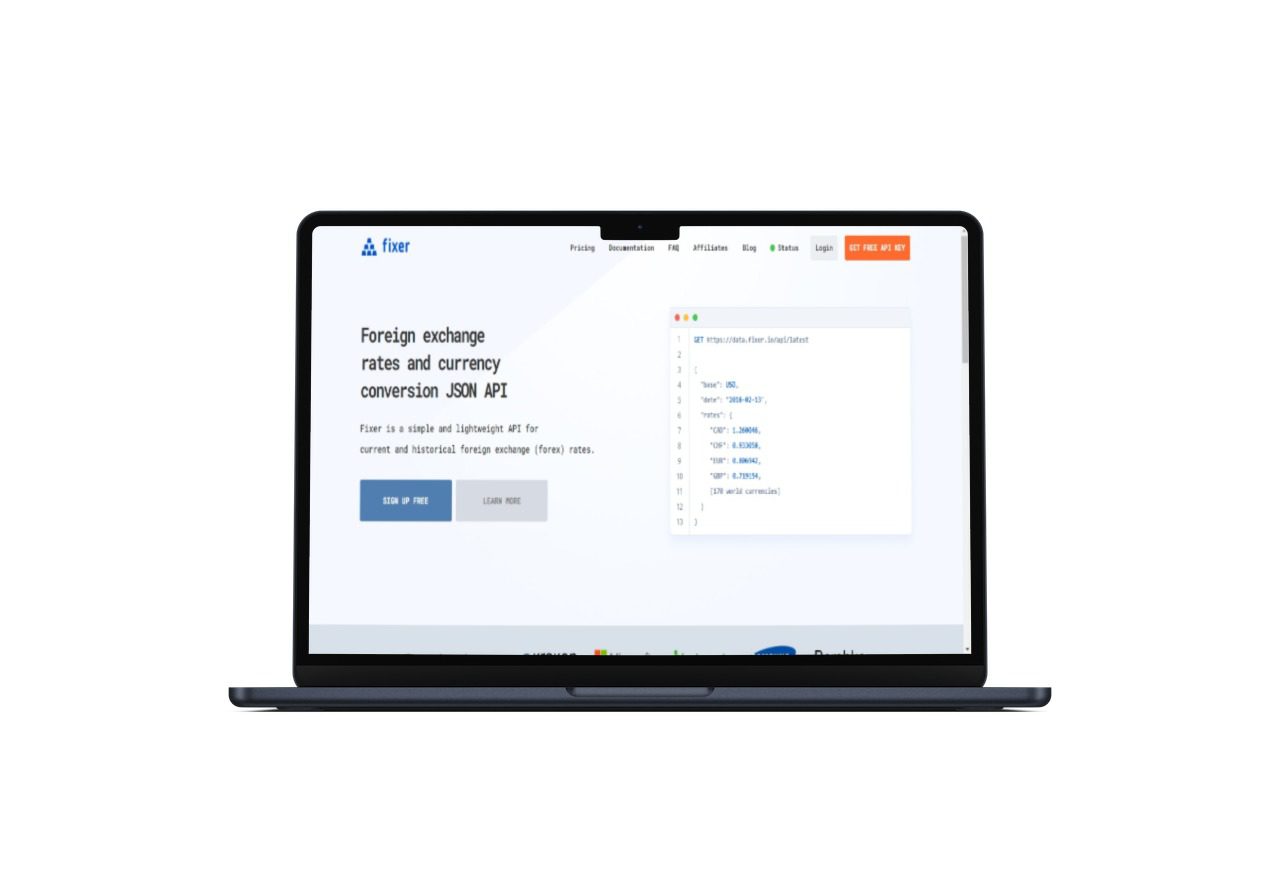In today' ;s interconnected digital economy, currency conversion is an important function across various kinds of platforms—from e-commerce and vacation apps to economic solutions and worldwide marketplaces. Designers working on these systems need appropriate, up-to-date change charge information, and that's where real-time exchange rate api come right into play. These APIs offer designers with seamless use of current foreign change rates, allowing their purposes to offer trusted and receptive financial features to users.

What Is really a Real-Time Currency API ?
A real-time currency API is just a web-based screen that allows designers to get into the latest trade rates between worldwide currencies. These APIs pull information from financial institutions, forex areas, and key banks, upgrading frequently—occasionally every few seconds. They are on average RESTful APIs, returning information in JSON or XML structure, creating them an easy task to include into numerous computer software environments.
Key Functions Designers Search For
When selecting a real-time currency API , designers prioritize rate, precision, ease of integration, and scalability. Different useful functions include:
Help for multiple currencies
Traditional change charge knowledge
Currency conversion endpoint
Time-stamped information for auditing
Charge fluctuation checking
Sturdy APIs often contain entry divisions, with the free edition providing fundamental characteristics and paid ideas promoting enterprise-level accessibility, larger demand restricts, and goal support.
Why Real-Time Matters
For programs concerning international transactions or financial forecasting, real-time information is essential. Even minor changes as a swap rates can influence pricing, invoicing, and income margins. A delay of a few minutes can change lives in high-frequency trading or time-sensitive conversions. Real-time APIs ensure that the information utilized in transactions is really as current and precise as possible, giving consumers confidence and avoiding financial discrepancies.
Integration and Use Instances
Implementing a currency API an average of requires contacting an endpoint with the base and target currencies as parameters. The answer may contain the newest transformation rate, which can then be used for calculations or show within the app.
Use instances contain:
Currency converters for financing or journey applications
Price localization for e-commerce stores displaying rates in a user's local currency
Payment gateways that accept numerous currencies and have to change at checkout
Economic dashboards that track currency energy as time passes

Realization
Real-time currency APIs empower developers to build clever, sensitive, and global-ready applications. By integrating these options, designers can guarantee their tools remain correct, aggressive, and user-friendly in a fast-changing world wide economy. Picking the correct API provider can make the big difference between basic efficiency and seamless, real-world performance.
